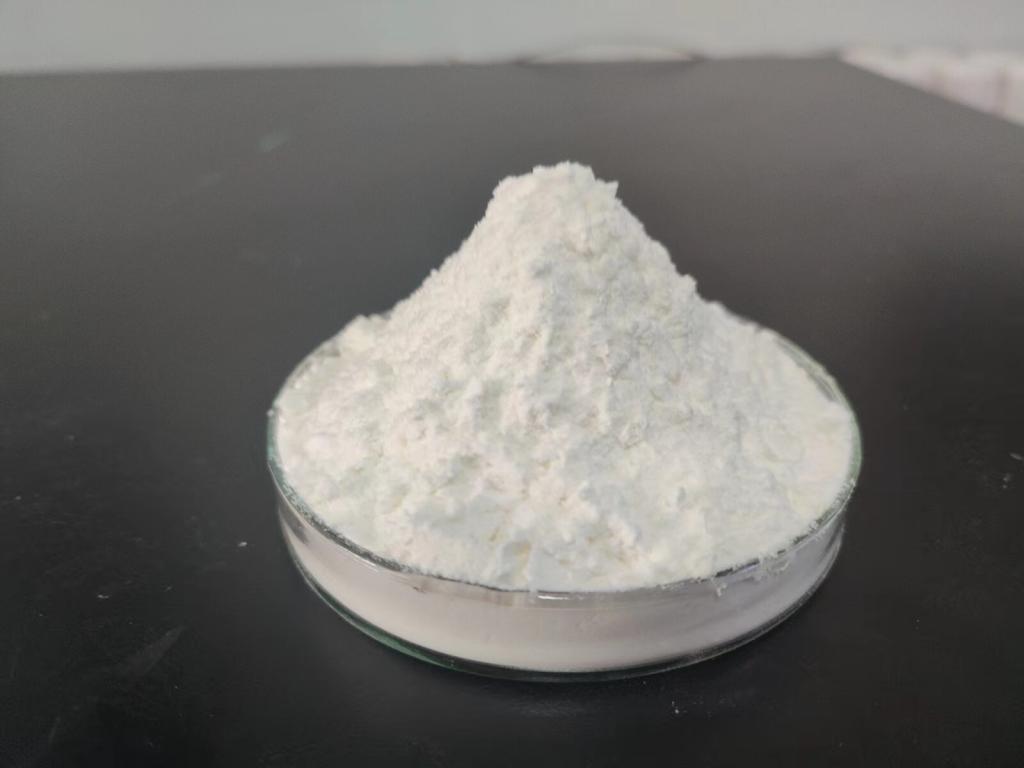Tel:+8618231198596

News
 CONTACT
CONTACT
 CONTACT
CONTACT
- Linkman:Linda Yao
- Tel: +8618231198596
- Email:linda.yao@dcpharma.cn
- Linkman:CHARLES.WANG
- Department:Overseas
- Tel: 0086 0311-85537378 0086 0311-85539701
News
Biomedical Engineering Breakthroughs: ε-Polylysine Hydrochloride in Implantable Devices
TIME:2024-02-02
ε-Polylysine Hydrochloride: An Overview:
ε-Polylysine hydrochloride is a naturally occurring antimicrobial peptide derived from the fermentation of Streptomyces albulus. Its cationic nature allows it to interact with microbial cell membranes, disrupting their structure and preventing bacterial growth. While its antimicrobial properties have been harnessed in various industries, its potential in biomedical engineering, particularly in the context of implantable devices, is a recent and promising development.
The Need for Antimicrobial Solutions in Implantable Devices:
Implantable devices, ranging from prosthetics to pacemakers and orthopedic implants, play a crucial role in modern healthcare. However, the introduction of foreign materials into the body carries inherent risks, including bacterial infections that can compromise the functionality of the implant and pose serious health threats to the patient. The need for effective antimicrobial solutions within implantable devices is paramount to ensure their safety and long-term success.
Antimicrobial Properties of ε-Polylysine Hydrochloride:
The antimicrobial properties of ε-Polylysine hydrochloride make it a promising candidate for mitigating the risk of infections associated with implantable devices. Its ability to inhibit the growth of a broad spectrum of bacteria, including antibiotic-resistant strains, provides an additional layer of protection against microbial colonization on the surfaces of implants.
Biocompatibility and Tissue Integration:
Beyond its antimicrobial efficacy, ε-Polylysine hydrochloride exhibits excellent biocompatibility, a crucial factor in the success of implantable devices. Biocompatibility refers to the ability of a material to coexist with living tissues without causing adverse reactions. ε-Polylysine hydrochloride's natural origin and compatibility with biological systems make it an ideal candidate for promoting tissue integration and reducing the risk of inflammatory responses commonly associated with implants.
Applications in Orthopedic Implants:
Orthopedic implants, such as joint replacements and bone fixation devices, often face challenges related to bacterial infections and complications arising from inadequate tissue integration. The application of ε-Polylysine hydrochloride in orthopedic implants can mitigate these challenges by preventing microbial colonization on the implant surfaces and fostering a more seamless integration with surrounding tissues.
Cardiac Implants and Pacemakers:
Cardiac implants, including pacemakers and implantable cardioverter-defibrillators (ICDs), are susceptible to infections that can lead to serious complications. ε-Polylysine hydrochloride's antimicrobial properties can enhance the safety of cardiac implants by reducing the risk of bacterial colonization around the device, ensuring uninterrupted functionality and minimizing the need for device removal or replacement due to infections.
Neurological Implants and Prosthetics:
Neurological implants, such as deep brain stimulators and cochlear implants, are critical in restoring or enhancing sensory and motor functions. The integration of ε-Polylysine hydrochloride in these devices can address infection-related concerns, ensuring the longevity of the implants and optimizing patient outcomes in the field of neuroprosthetics.
Controlled Release Systems for ε-Polylysine Hydrochloride:
Incorporating ε-Polylysine hydrochloride into controlled release systems enhances its effectiveness and longevity within implantable devices. By designing implant coatings or matrices that gradually release ε-Polylysine hydrochloride over time, a sustained antimicrobial effect can be achieved, providing long-term protection against infections without compromising the stability of the implant.
Challenges and Considerations:
While ε-Polylysine hydrochloride holds immense promise in enhancing the safety and efficacy of implantable devices, certain challenges and considerations need to be addressed. These may include optimizing delivery methods, assessing the long-term effects of ε-Polylysine hydrochloride on surrounding tissues, and ensuring compatibility with various implant materials.
Future Perspectives and Research Directions:
The integration of ε-Polylysine hydrochloride in implantable devices opens avenues for further research and innovation. Future studies may explore personalized approaches, novel delivery systems, and synergies with other antimicrobial agents to optimize its effectiveness in diverse implant scenarios. Collaborative efforts between biomedical engineers, microbiologists, and clinicians will be instrumental in advancing the field.
Ethical and Regulatory Considerations:
As ε-Polylysine hydrochloride continues to be explored for use in implantable devices, ethical considerations related to its safety, informed consent, and potential long-term effects on patients must be addressed. Additionally, regulatory approval processes need to be navigated to ensure that the incorporation of ε-Polylysine hydrochloride complies with established standards for medical devices.
Conclusion:
The integration of ε-Polylysine hydrochloride in implantable devices represents a significant breakthrough in biomedical engineering. Its antimicrobial properties, biocompatibility, and potential for controlled release make it a versatile and promising solution for addressing the challenges associated with infections in implants. As research continues and collaborations flourish, ε-Polylysine hydrochloride stands poised to make a lasting impact on the safety, longevity, and success of implantable devices, ushering in a new era of innovation in biomedical engineering.
- Tel:+8618231198596
- Whatsapp:18231198596
- Chat With Skype







